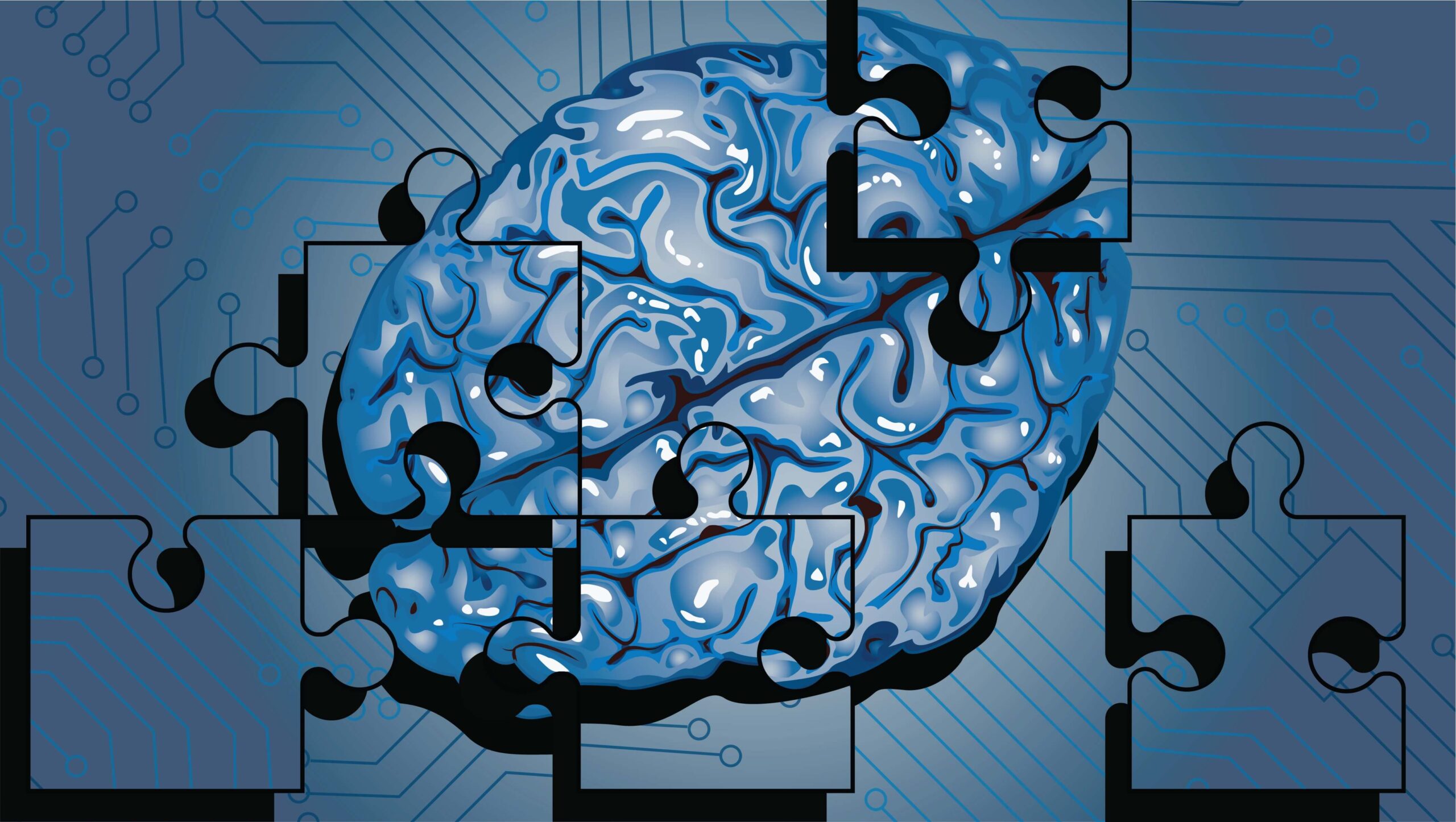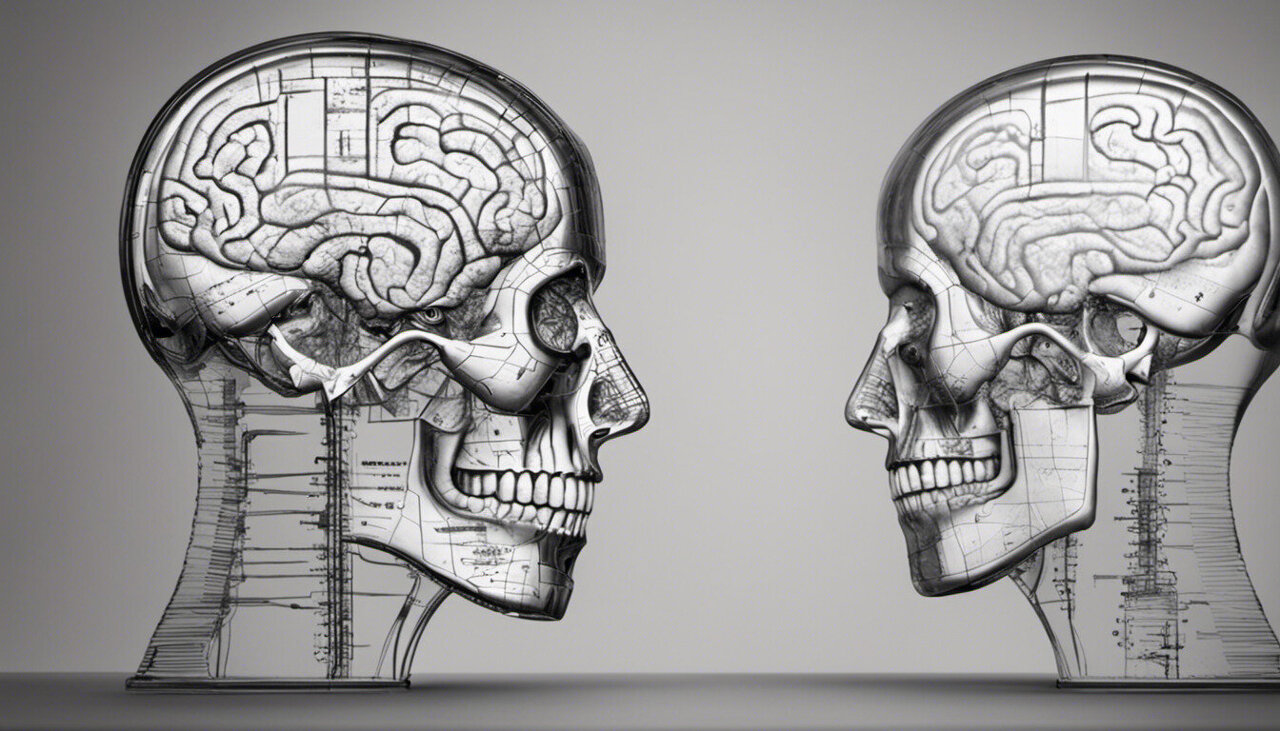Why the Brain Is Programmed to See Faces in Everyday Objects - Neuroscience News
$ 9.99 · 4.9 (330) · In stock

Face pareidolia, the phenomenon of seeing facelike structures in inanimate objects, is a perceptual phenomenon that occurs when sensory input is processed by visual mechanisms that have evolved to extract social content from human faces.
Neuroscience News provides research news for neuroscience, neurology, psychology, AI, brain science, mental health, robotics and cognitive sciences.

Why We Are Programmed To Keep Seeing Faces In Inanimate Objects

So happy to see you: our brains respond emotionally to faces we find in inanimate objects, study reveals, Australia news

cdn.arstechnica.net/wp-content/uploads/2021/07/fac

Frontal lobe: Functions, structure, and damage

Why the brain is programmed to see faces in everyday objects

Why the brain is programmed to see faces in everyday objects

Why is the human brain so difficult to understand? We asked 4 neuroscientists. - Allen Institute

Discover the latest research in neuroscience and how we can maximise the power of our brains

Cicely Binford (@CicelyBinford) / X

Why the brain is programmed to see faces in everyday objects